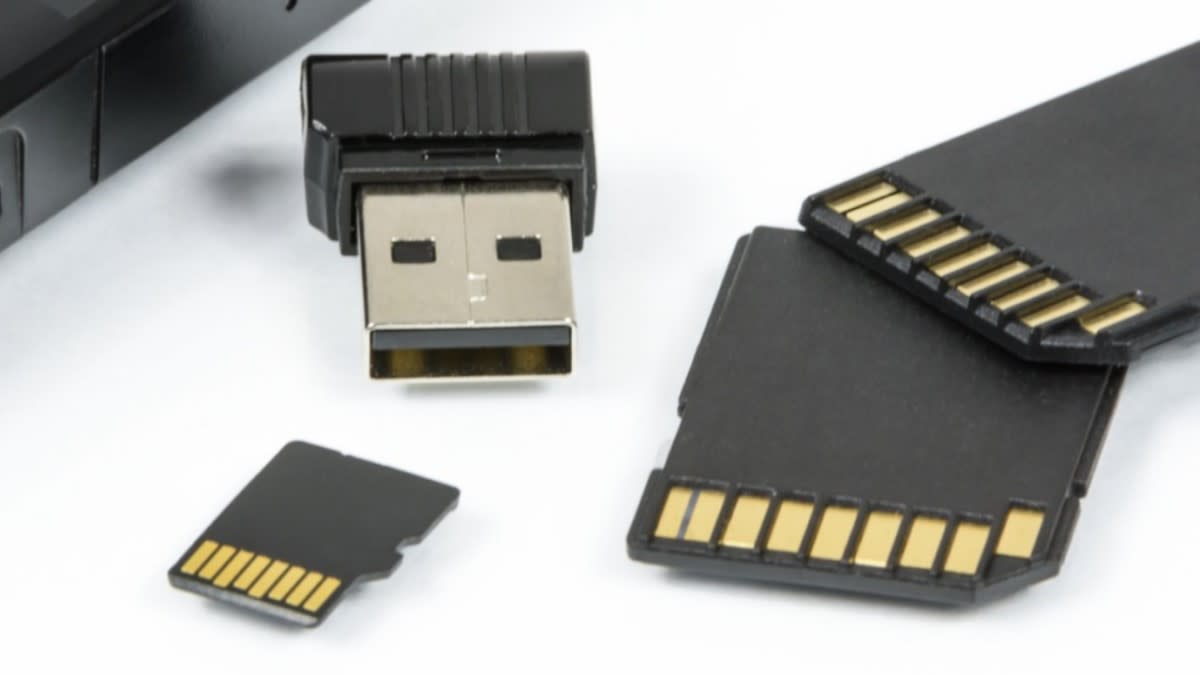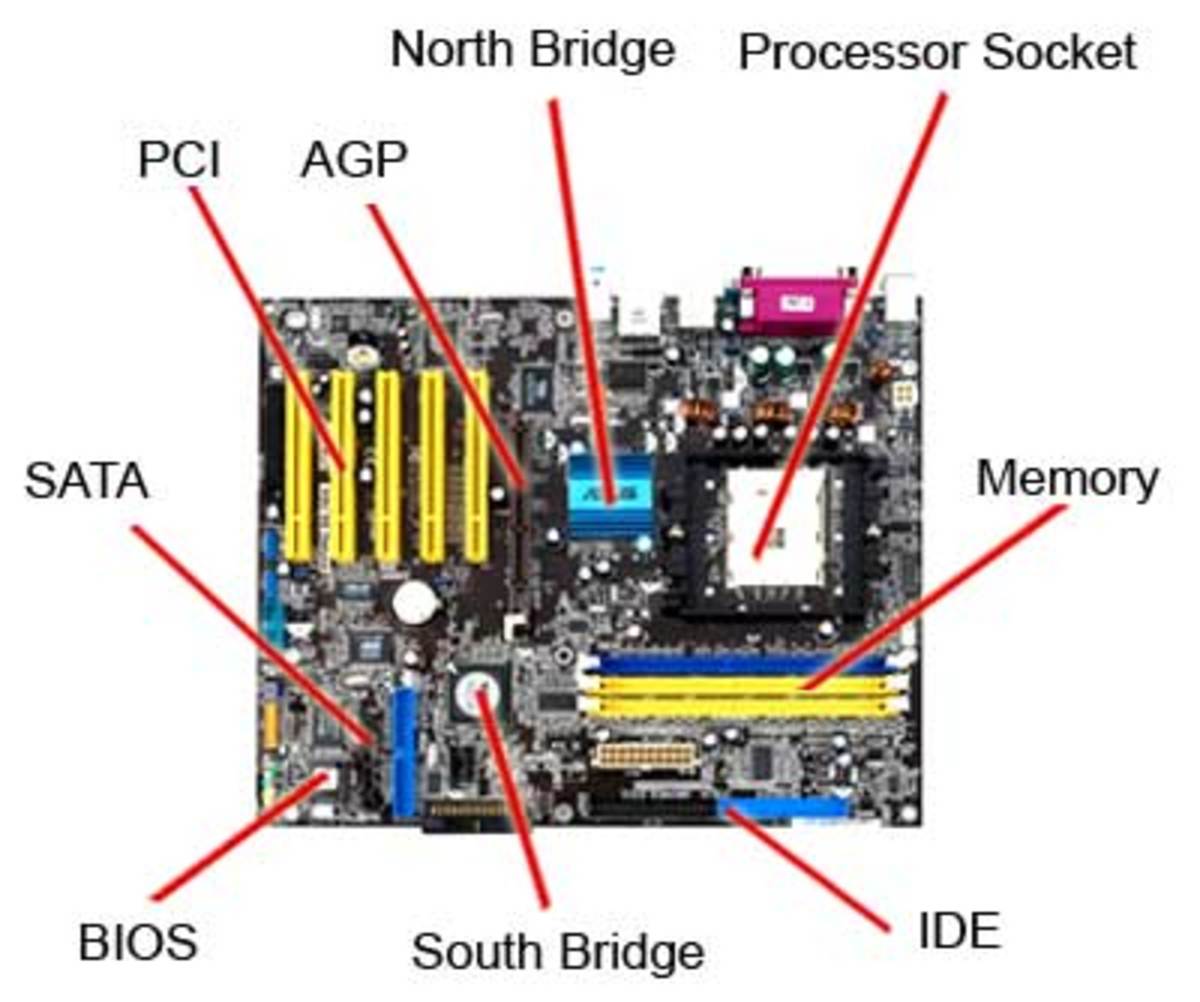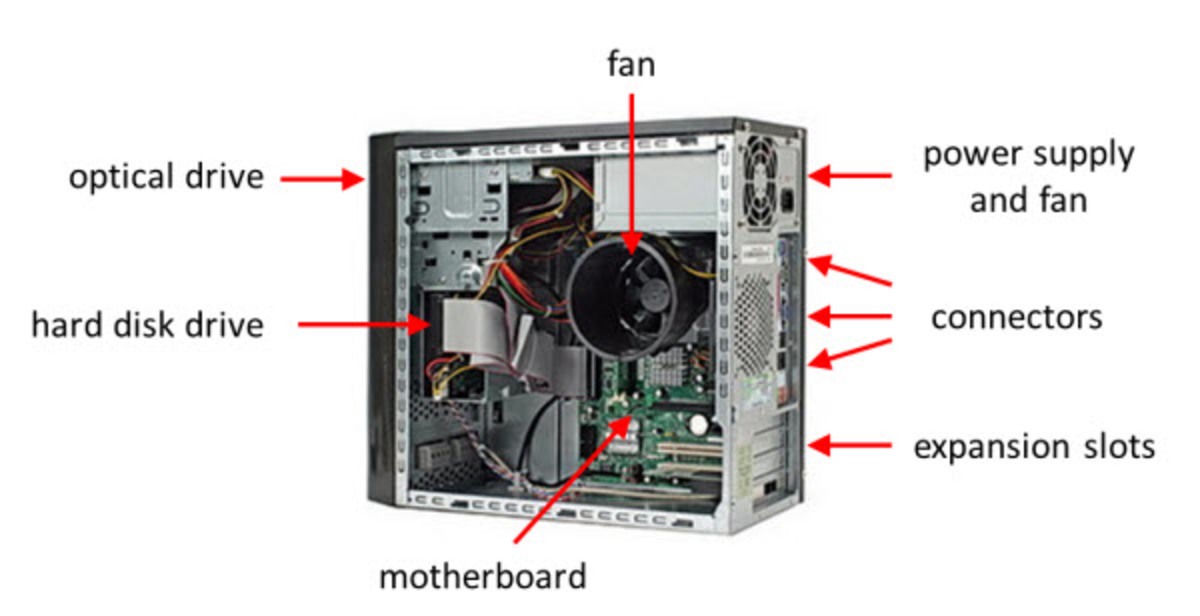- HubPages»
- Technology»
- Computers & Software»
- Computer Hardware
What is Big Data?
Within a computer’s storage, data is a
Collection of numbers represented as bytes that are in turn composed of bits (binary digits) that can have the value one or zero. Data is processed by the CPU, which uses logical operations to produce new data(output) from source data (input).
Data In general, data is any set of characters that have been gathered and translated for some purpose, usual analysis
It can be any character, including text and numbers, picture, sound, or video.
If data is not put into context, it doesn’t do anything to a human or computer.
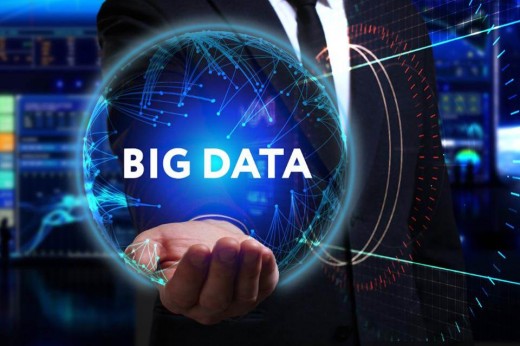
A Short History Of Big Data
90% of the available data has been created in the last two years and the term Big Data has been around 2005, when it was launched by O’Reilly Media in 2005. However, the usage of Data and the need to understand all available data has been around much longer.
In fact, the earliest records of using data to track and control businesses date back from 7.000 years ago when accounting was introduced in Mesopotamia in order to record the growth of crops and herds. Accounting principles continued to improve, and in 1663, John Grant recorded and examined all information about mortality roles in London. He wanted to gain an understanding and build a warning system for the ongoing bubonic plague. In the first recorded record of statistical data analysis, he gathered his findings in the book Natural and Political Observations Made upon the Bills of Mortality, which provides great insights into the causes of death in the seventeenth century. Because of his work, Grant can be considered the father of statistics. From there on, the accounting principles improved but nothing spectacular happened. Until in the 20<sup>the</sup> century the information age started. The earliest remembrance of modern data is from the 1887 when Herman Hollerith invented a computing machine that could read holes punched into paper cards in order to organize census data.
90% of the available data has been created in the last two years and the term Big Data has been around 2005, when it was launched by O’Reilly Media in 2005. However, the usage of Data and the need to understand all available data has been around much longer.
In fact, the earliest records of using data to track and control businesses date back from 7.000 years ago when accounting was introduced in Mesopotamia in order to record the growth of crops and herds. Accounting principles continued to improve, and in 1663, John Grant recorded and examined all information about mortality roles in London. He wanted to gain an understanding and build a warning system for the ongoing subsonic plague. In the first recorded record of statistical data analysis, he gathered his findings in the book Natural and Political Observations Made upon the Bills of Mortality, which provides great insights into the causes of death in the seventeenth century. Because of his work, Grant can be considered the father of statistics. From there on, the accounting principles improved but nothing spectacular happened. Until in the 20<sup>the</sup> century the information age started. The earliest remembrance of modern data is from the 1887 when Herman Hollerith invented a computing machine that could read holes punched into paper cards in order to organize census data.
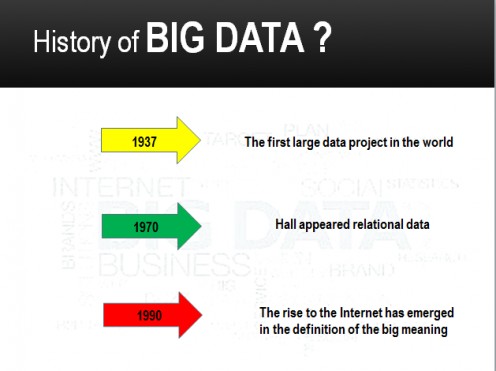
Big data is becoming a reality so that the Oxford Dictionary
Is a set of data that is larger than the traditional database tools ability to store, manage, and analyze that data?
Big data is becoming a reality so that the Oxford Dictionary was adopted and adding it to the dictionary with other new terms such as tweet
How much BIG?
IBM says we produce 2.5 quintillion bytes of data every day (Quintillion is the number one followed by 18-0). These data originate from everywhere, such as climate information and comments posted on social media sites, digital images, videos, and sales and purchase transactions.
5 Benefits: Competitive Advantages of Big Data in Business
Big Data means a large chunk of raw data that is collected, stored and analyzed through various means which can be utilized by organizations to increase their efficiency and take better decisions. Big Data can be in both - structured and unstructured forms. Structured Data is more easily analyzed and organized into the database. Unstructured Data, on the other hand, is much harder to analyze and uses a variety of formats. Also, it is not easily interpreted by traditional data models and processes
Computing
- Extremely large data sets that may be analyzed computationally to reveal patterns, trends, and associations, especially relating to human behavior and interactions.
‘Much IT investment is going towards managing and maintaining big data’
The reasons why every company is inclined towards adopting big data are
Reasons
| Big Data benefits
|
|---|---|
Timely
| Gain instant insights from diverse data sources
|
Better analytics
| Improvement of business performance through real-time analytics
|
Vast amount of data
| Big data technologies manage huge amounts of data
|
Insights
| Can provide better insights with the help of unstructured and semi-structured data
|
Decision-making
| Helps mitigate risk and make smart decision by proper risk analysis
|
why is this hype about big data ?
The reasons why every company is inclined towards adopting big data
Reasons
| Big Data benefits
| |
Timely
| Gain instant insights from diverse data sources
| |
Better analytics
| Improvement of business performance through real-time analytics
| |
Vast amount of data
| Big data technologies manage huge amounts of data
|
Some of the industries propelled by big data
- Public Sector Services.
- Healthcare contributions.
- Learning Services.
- Insurance Services.
- Industrialized and Natural Resources.
- Transportation Services.
- Banking Sectors and Fraud Detection
The Accumulation of Data in Computers
After large companies such as Google suffered from the accumulation of data in computers, they cut data into parts and store each part in a separate computer. This system is a Hadoop feature that collects information in parts of a second,
For example, a particular vehicle's specifications are divided into many parts, including engine data stored in a specific location other than exterior appearance data.
Application of Big Data
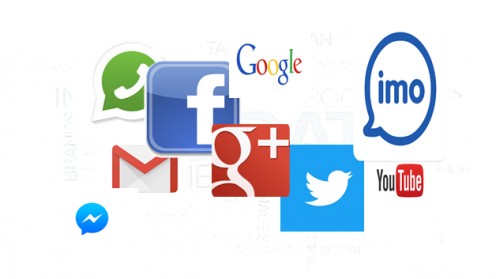
Why Is Big Data Different?
In the old days… you know… a few years ago, we would utilize systems to extract, transform and load data (ETL) into giant data warehouses that had business intelligence solutions built over them for reporting. Periodically, all the systems would backup and combine the data into a database where reports could be run and everyone could get insight into what was going on.
The problem was that the database technology simply couldn’t handle multiple, continuous streams of data. It couldn’t handle the volume of data. It couldn’t modify the incoming data in real-time. And reporting tools were lacking that couldn’t handle anything but a relational query on the back-end. Big Data solutions offer cloud hosting, highly indexed and optimized data structures, automatic archival and extraction capabilities, and reporting interfaces have been designed to provide more accurate analyses that enable businesses to make better decisions.
Better business decisions mean that companies can reduce the risk of their decisions, and make better decisions that reduce costs and increase marketing and sales effectiveness.
Big Data in future:
Market intelligence company Wikibon predicted that the large data market will grow from $ 18.3 billion in 2014 to $ 92.2 billion by 2026, at a CAGR of 14%. Such as 24% analytics flow, 18% databases, large data applications, analysis tools 23%
IDC predicts that by 2020, 50% of business analytics programs will include analytics based on cognitive computing.
Technology research firm Research predicts that the total size of the data market will double and revenues will increase from $ 69.6 billion in 2015 to $ 132.3 billion by 2020.
Big Data in future
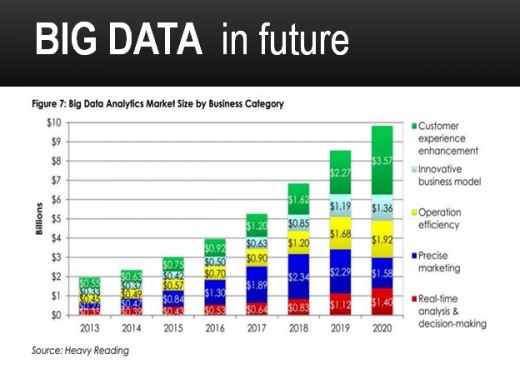
© 2017 Zakaria abdulqawi ghanem mohammed



